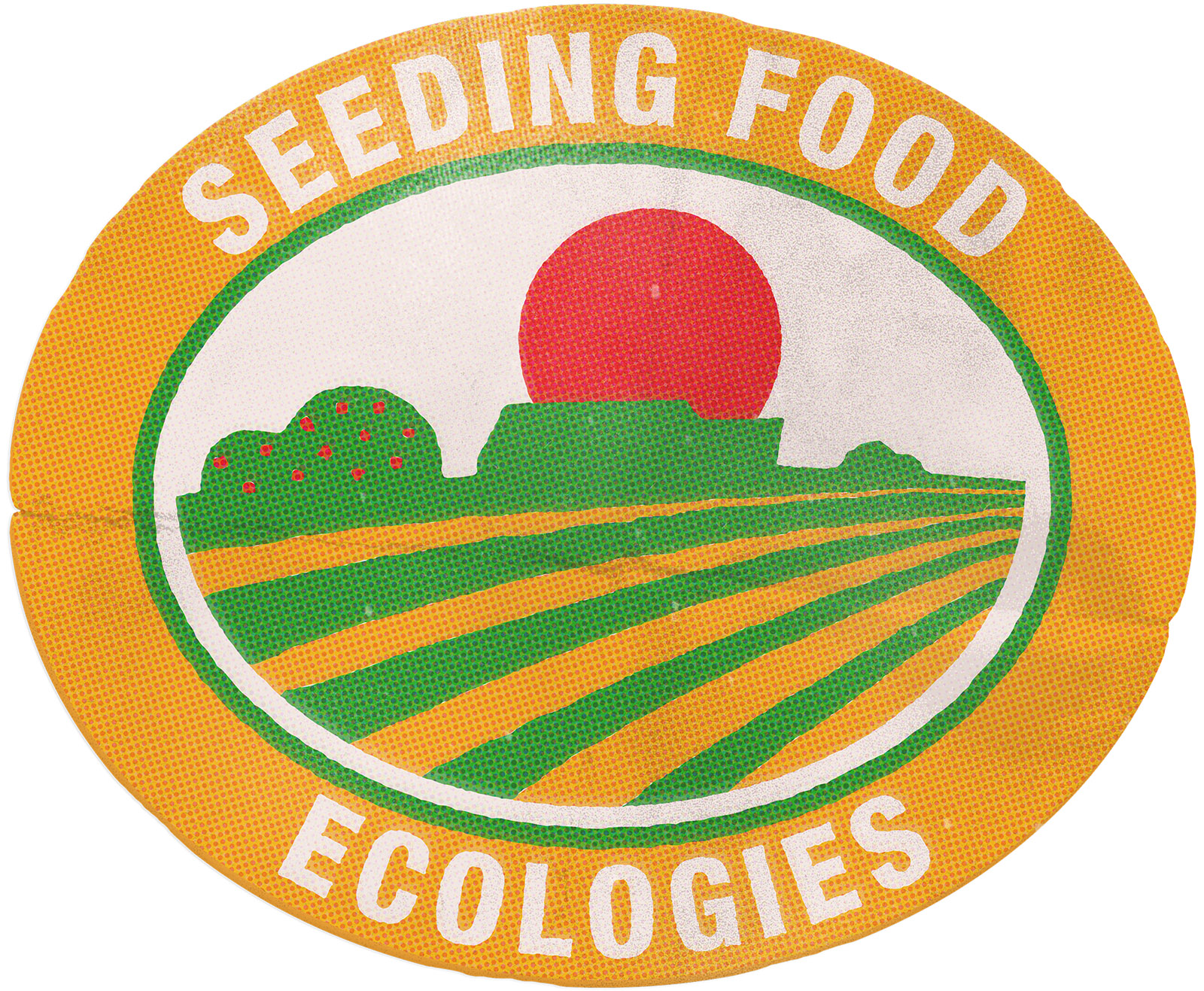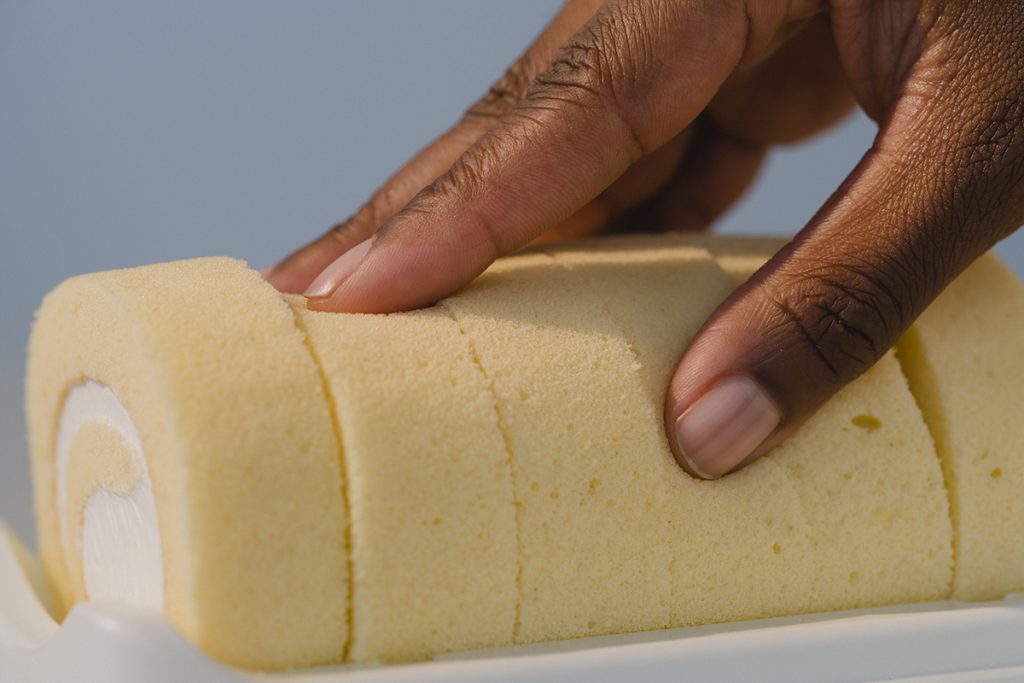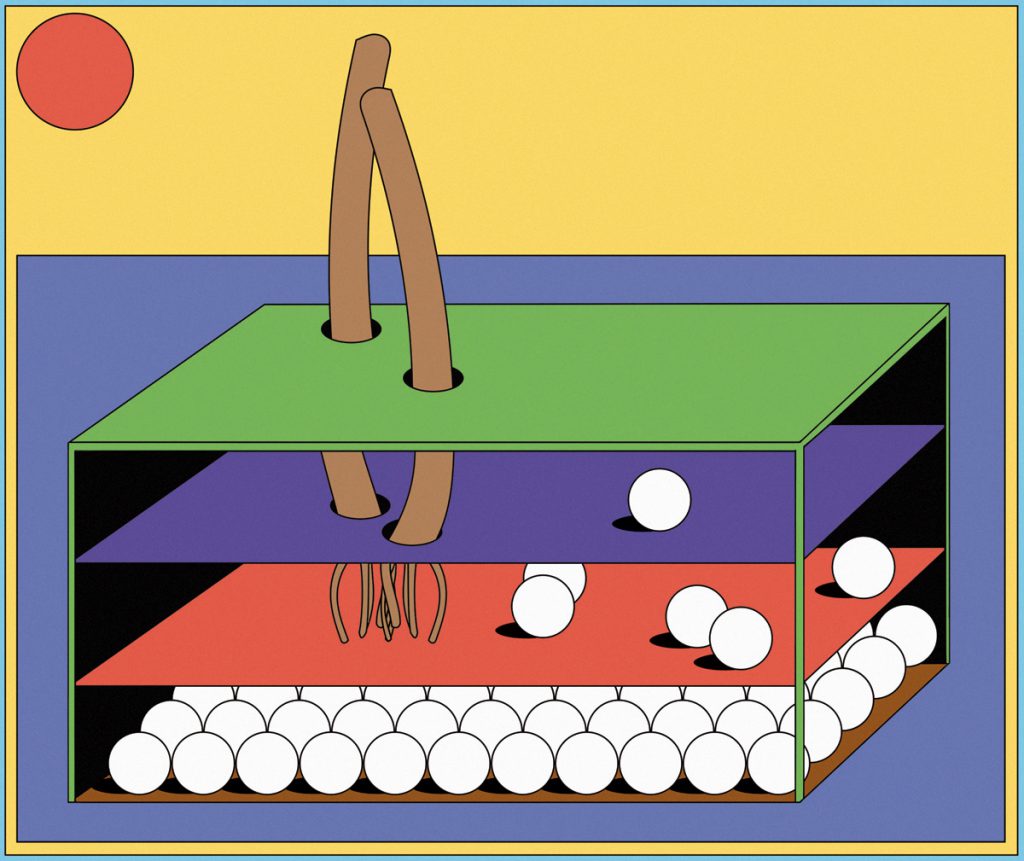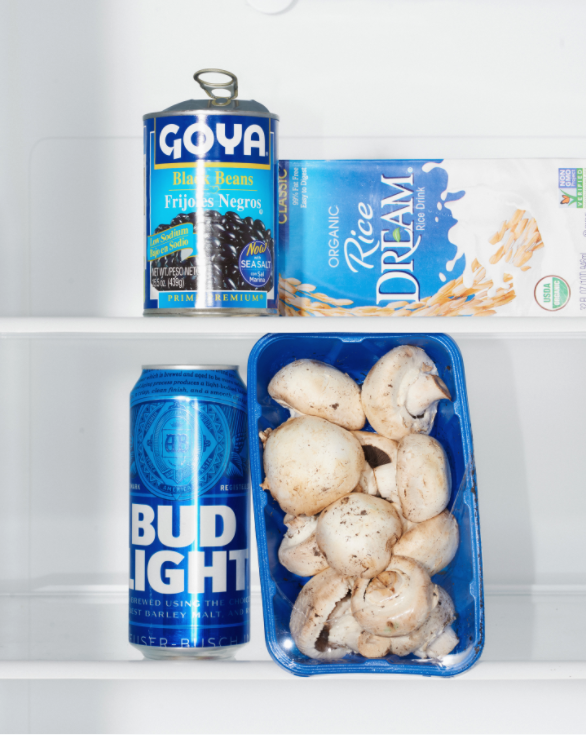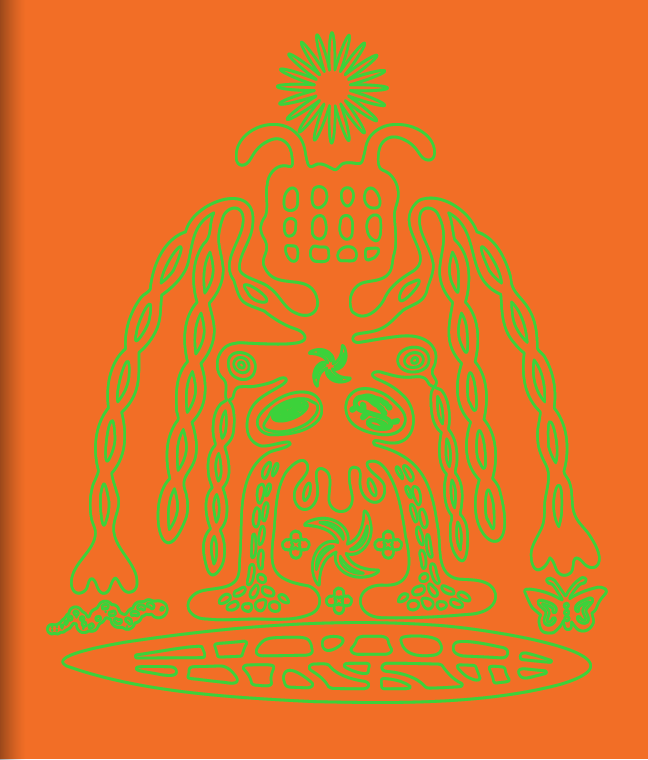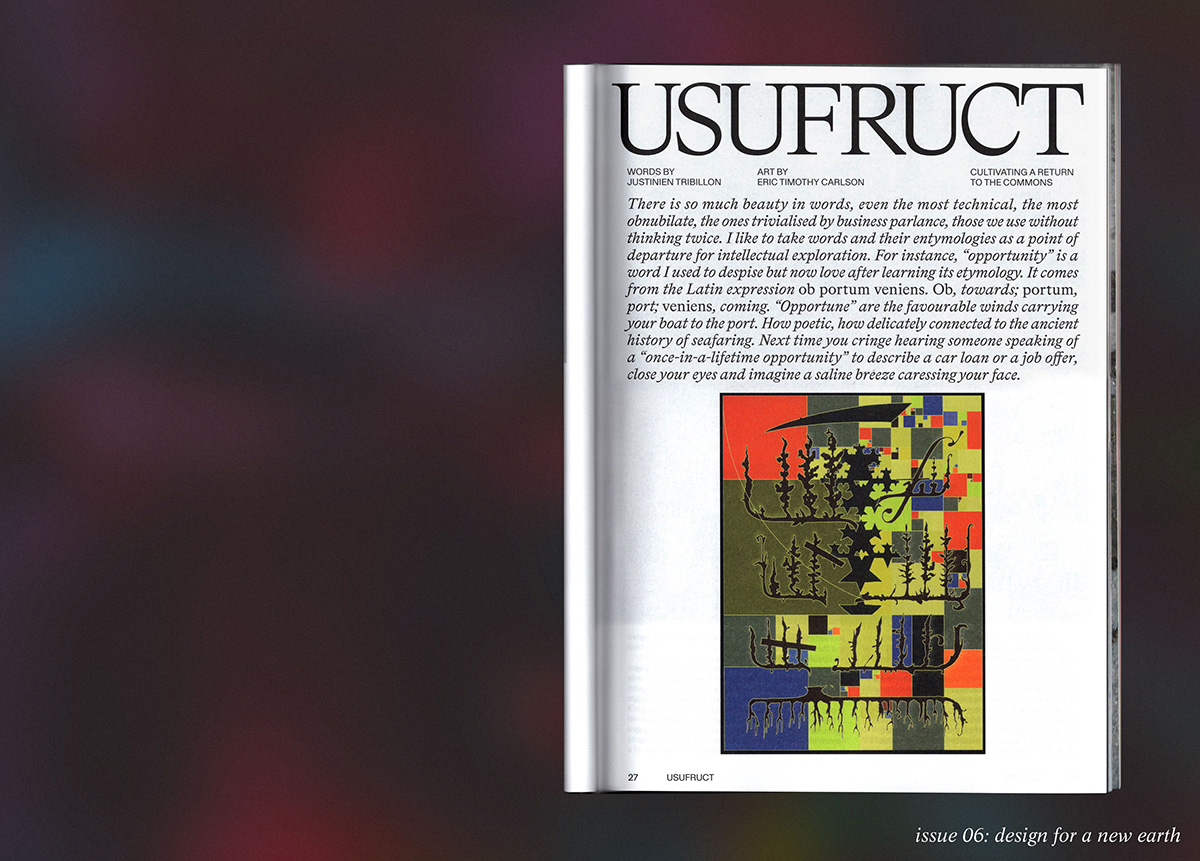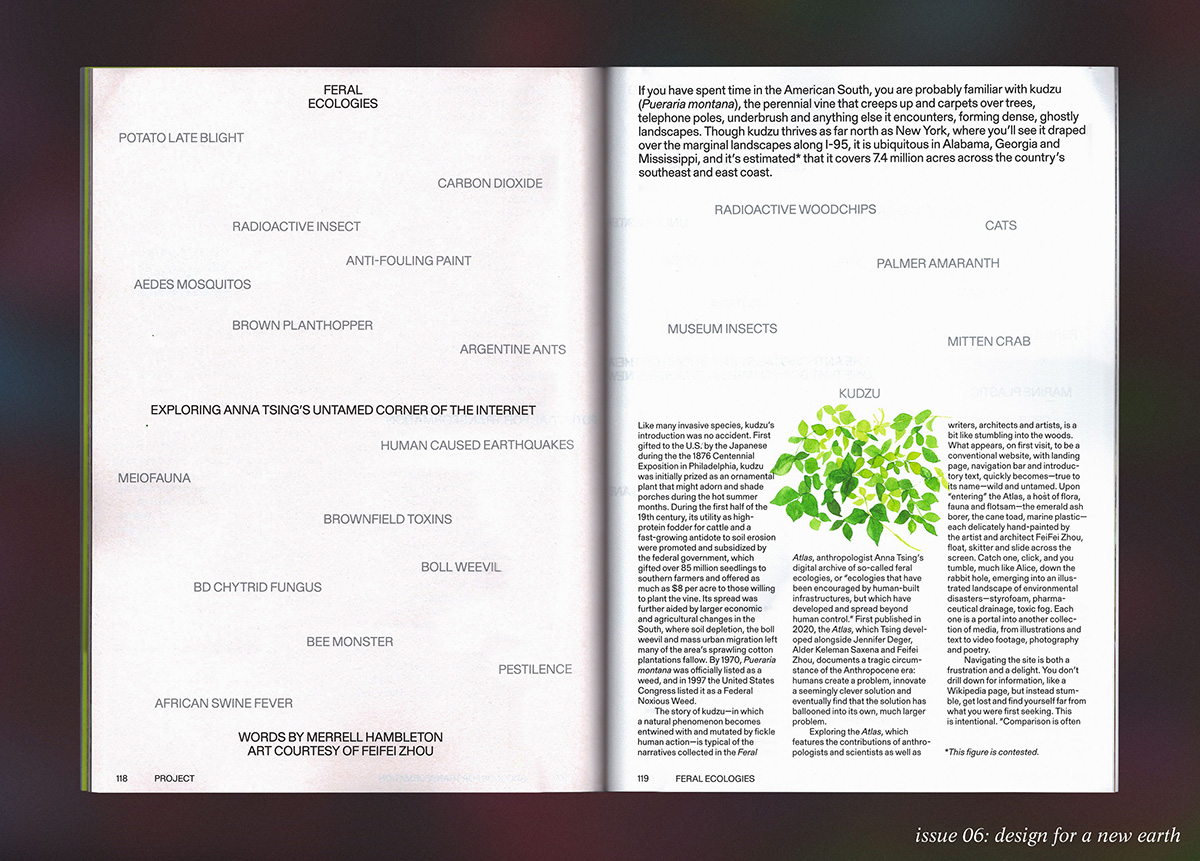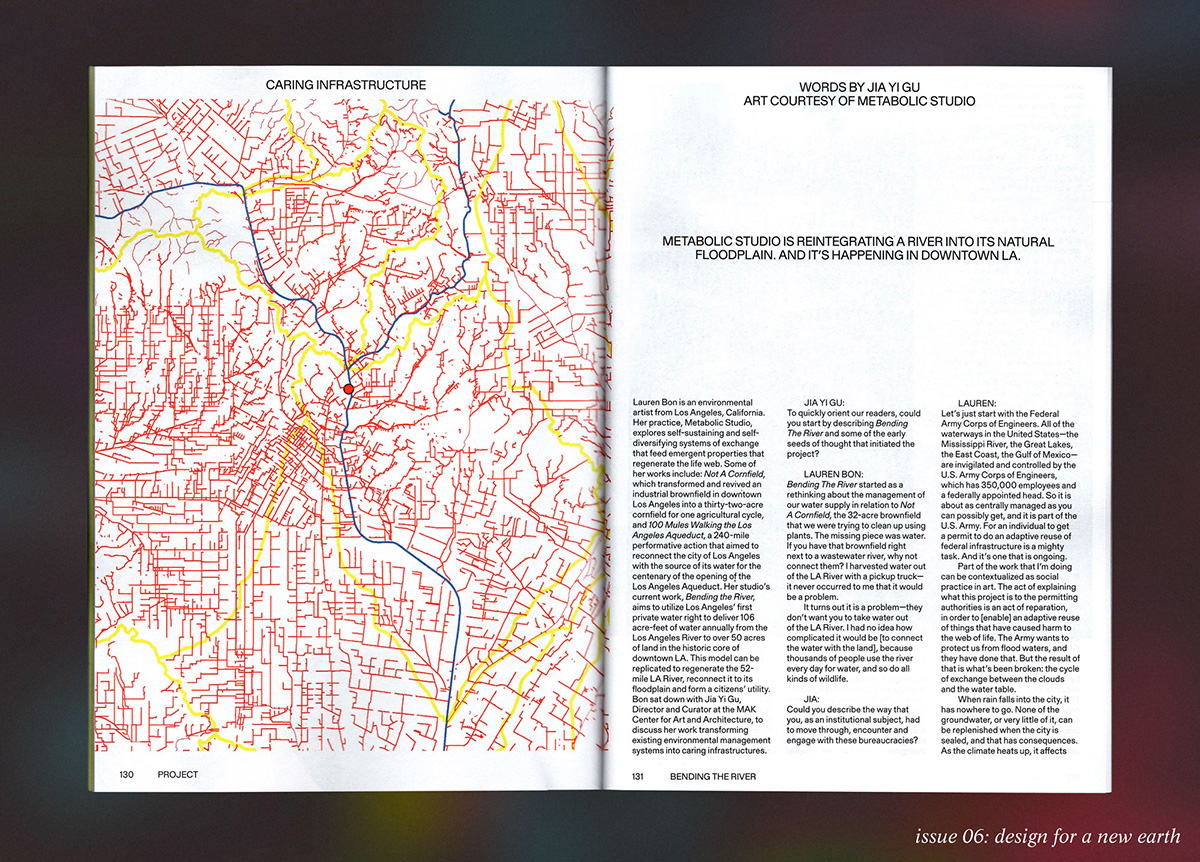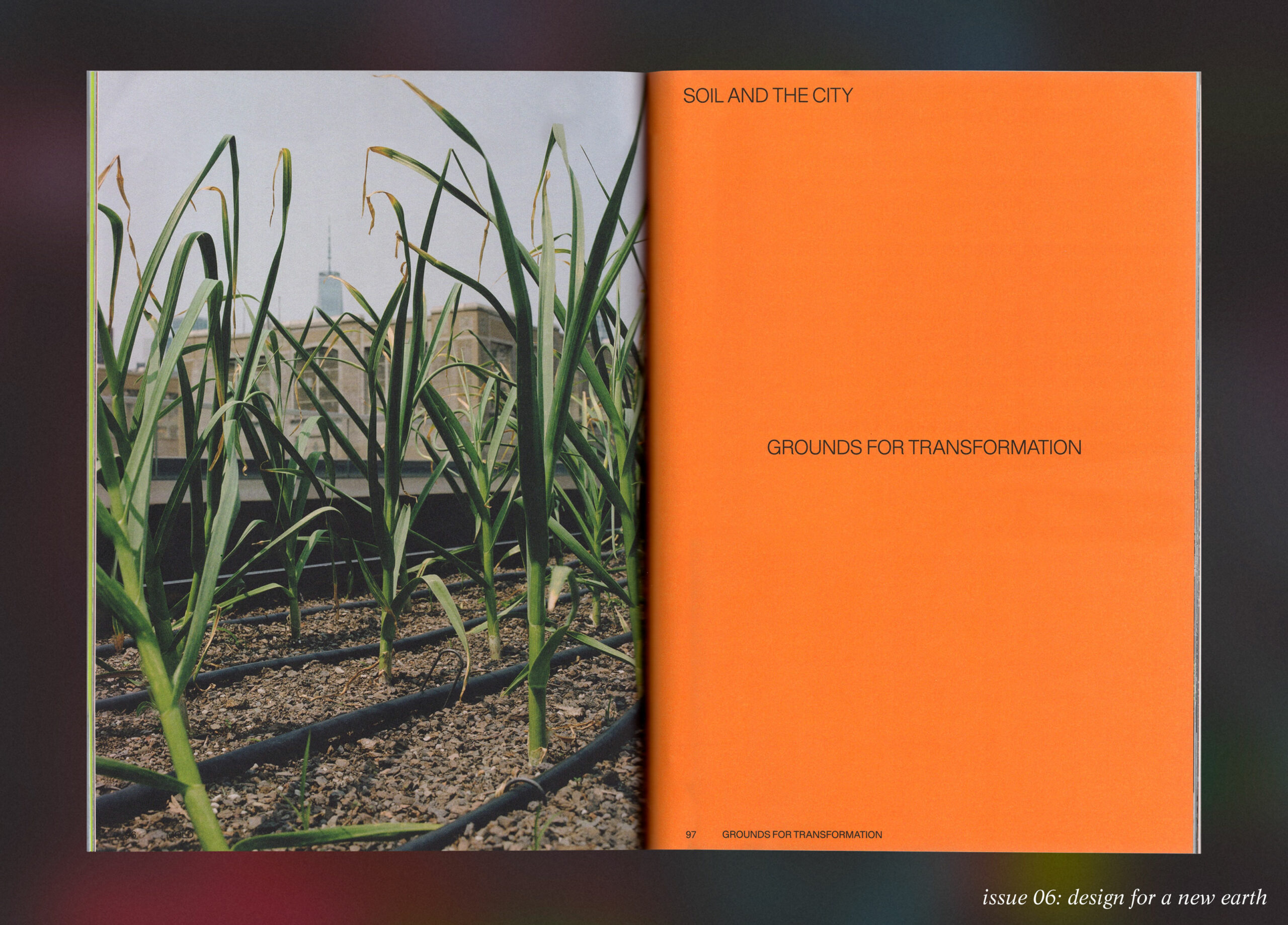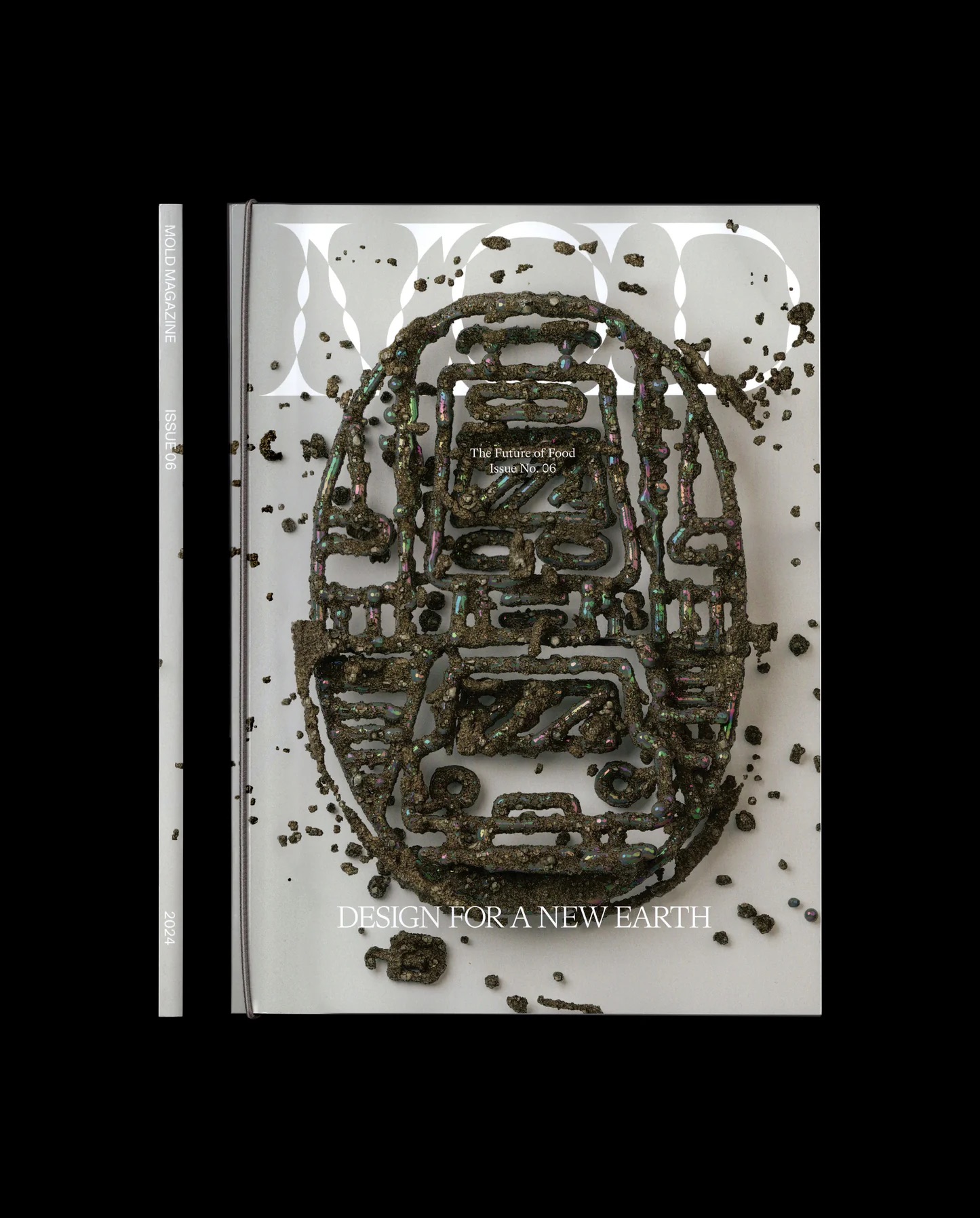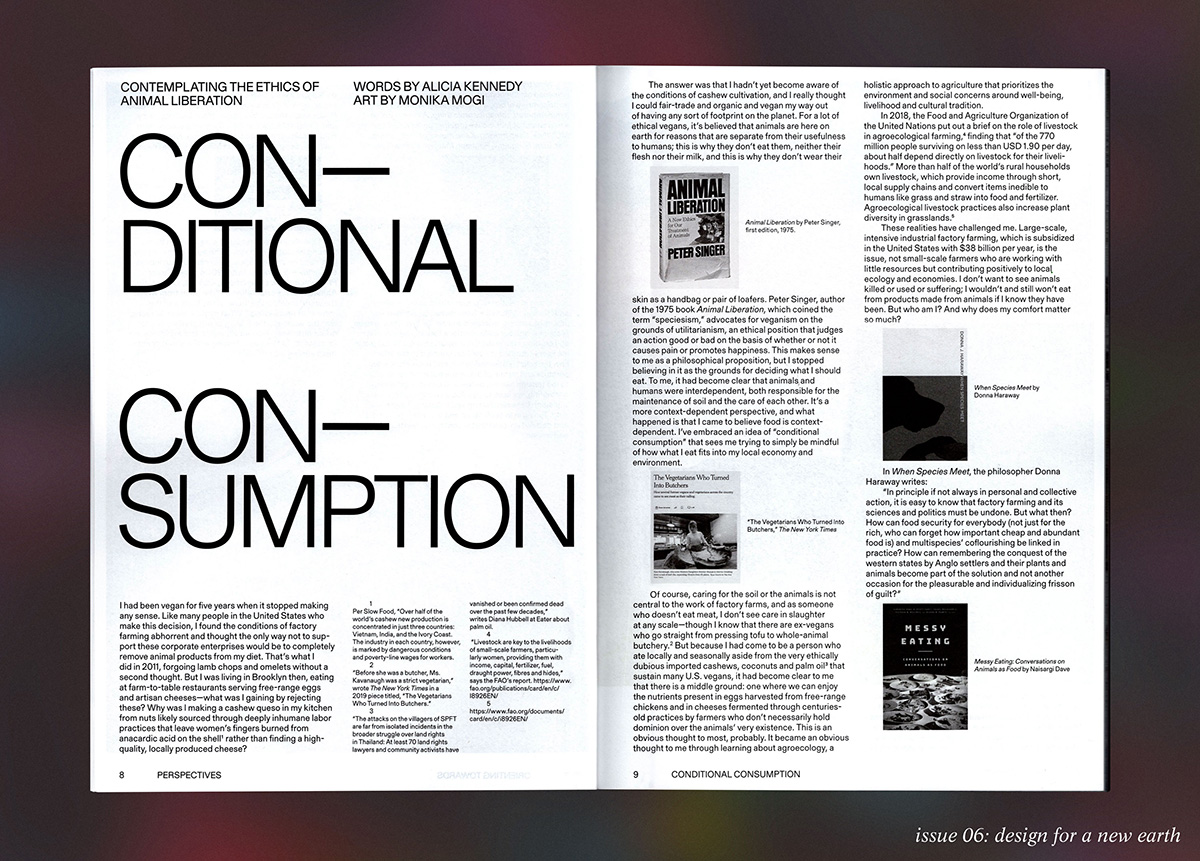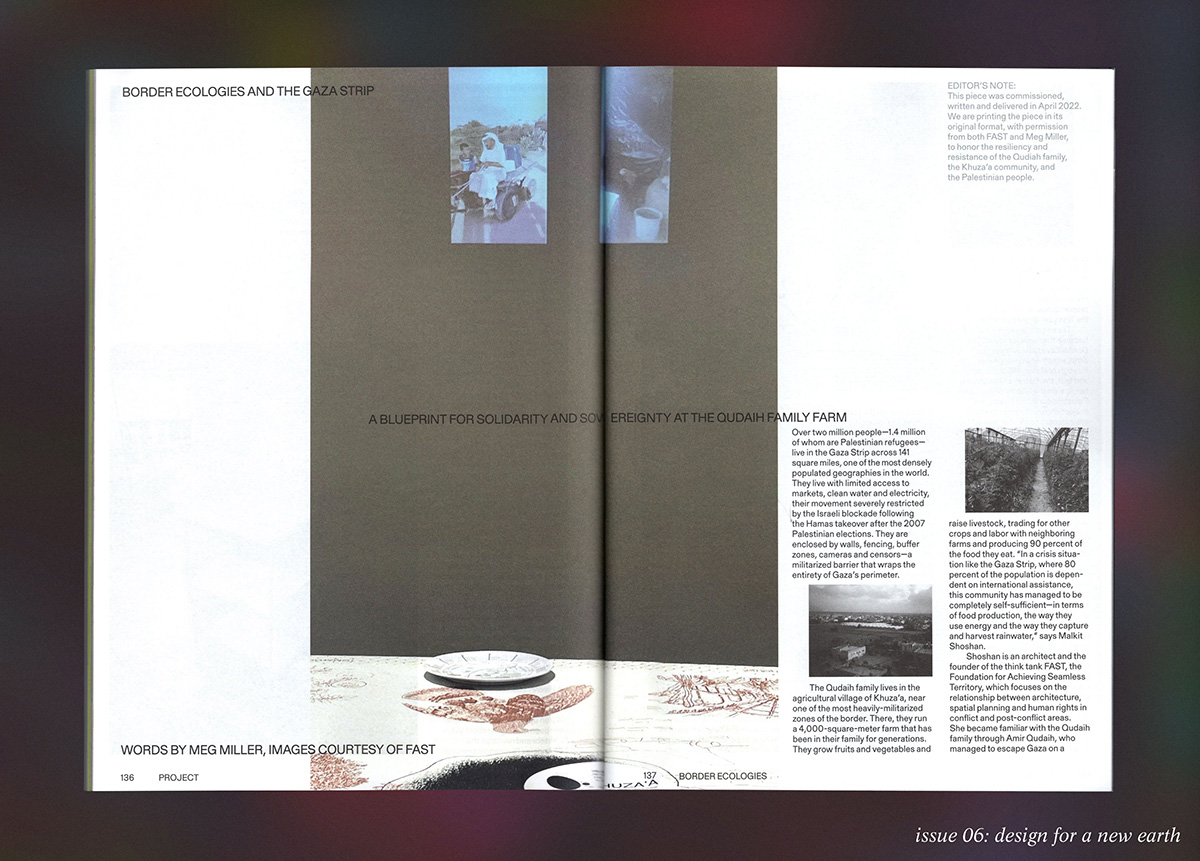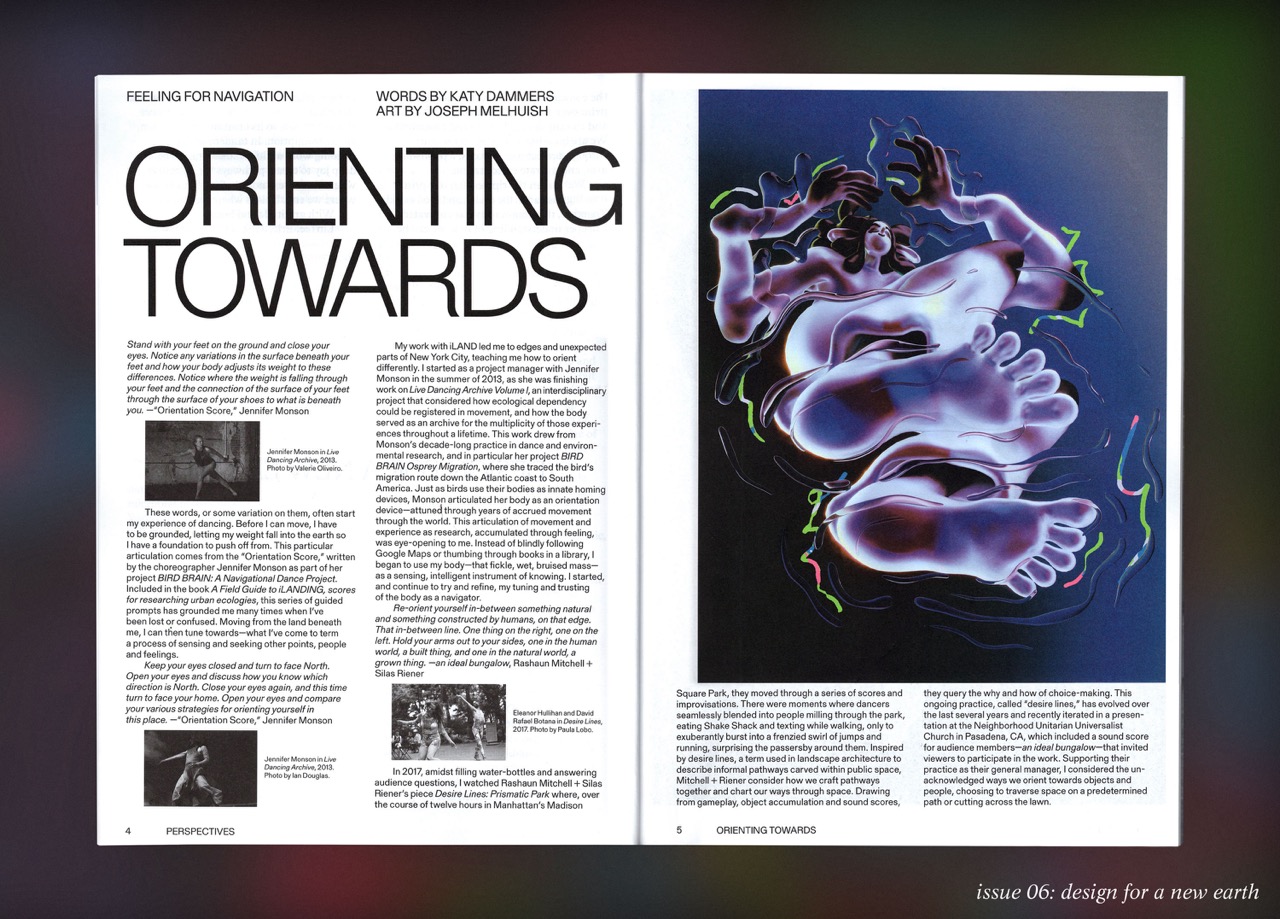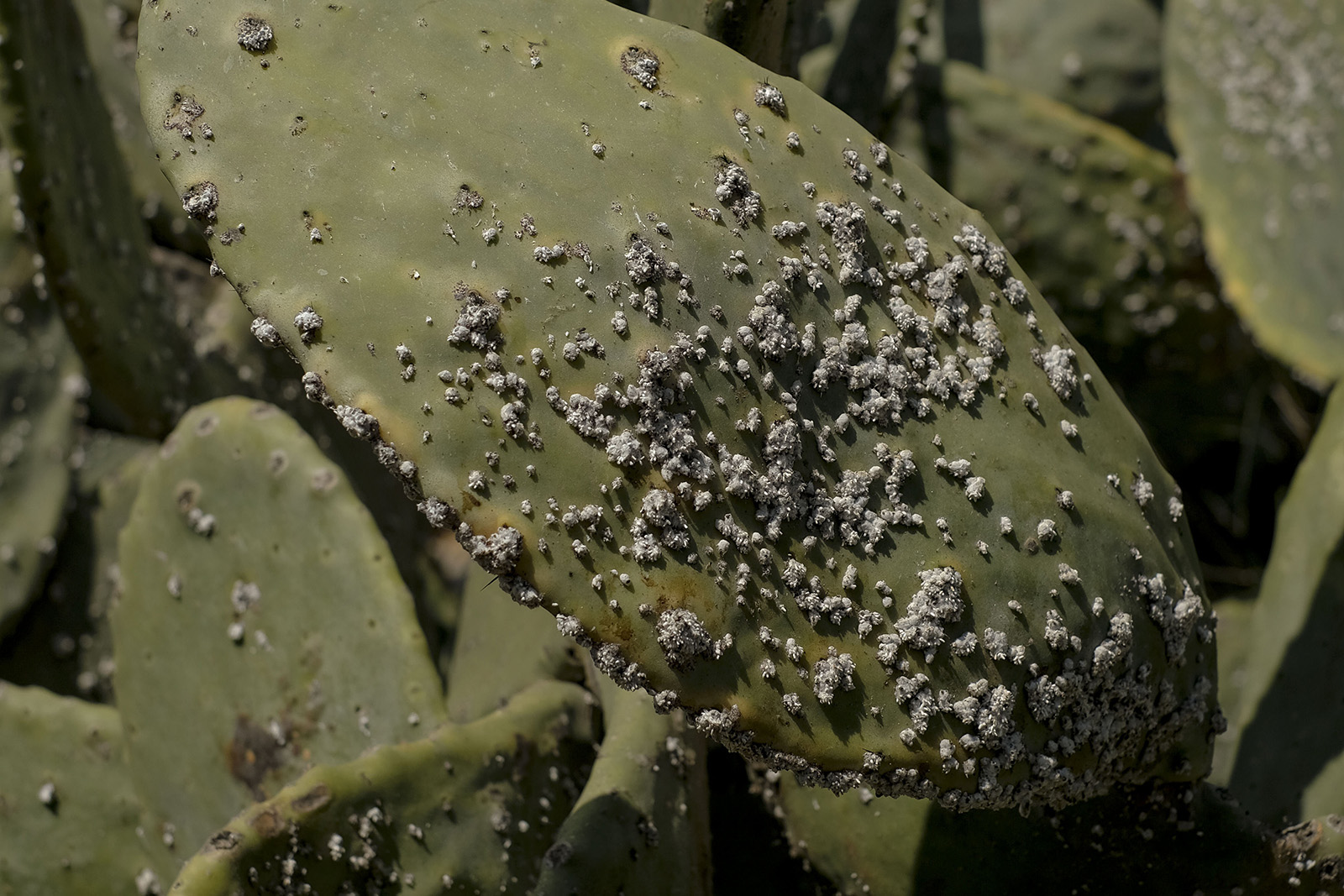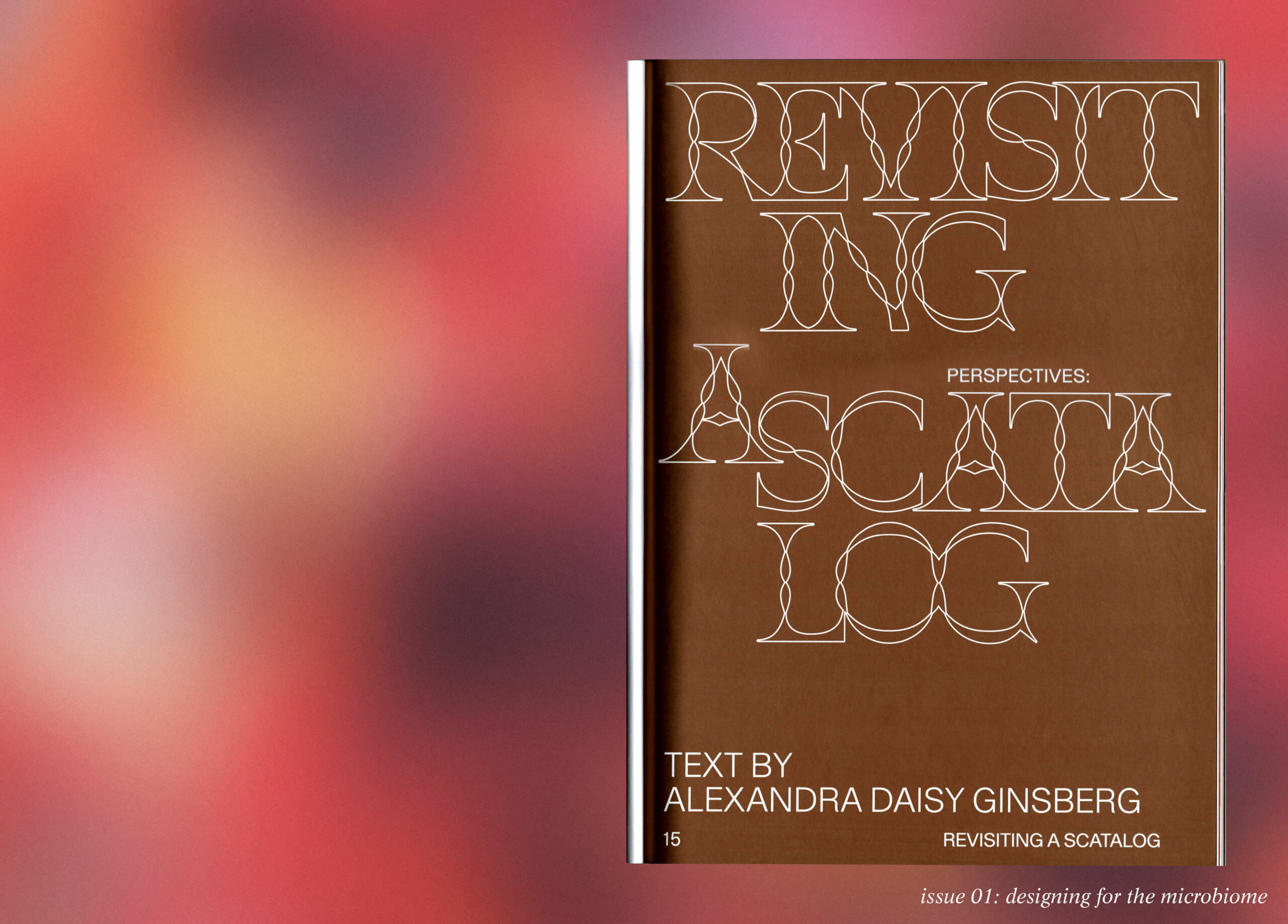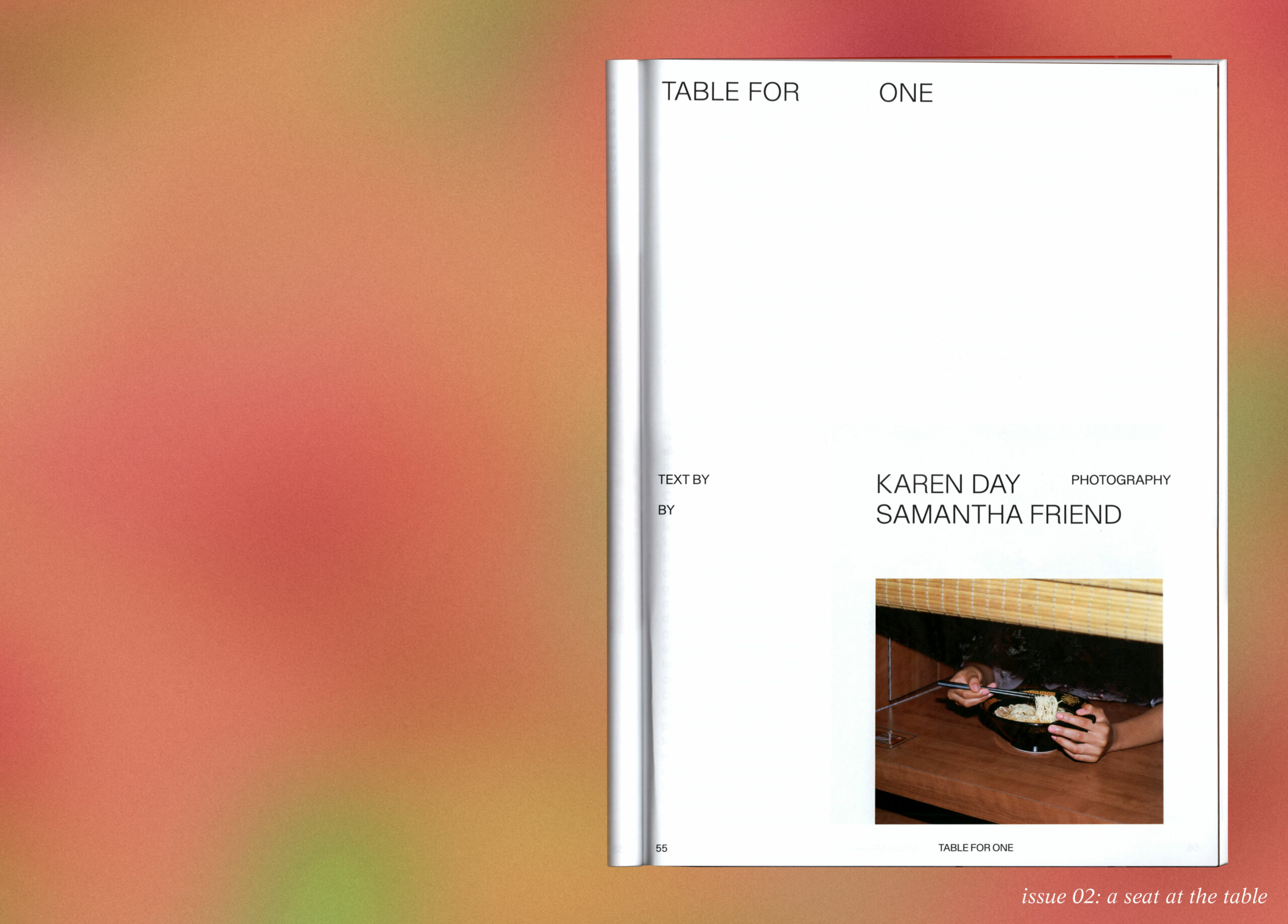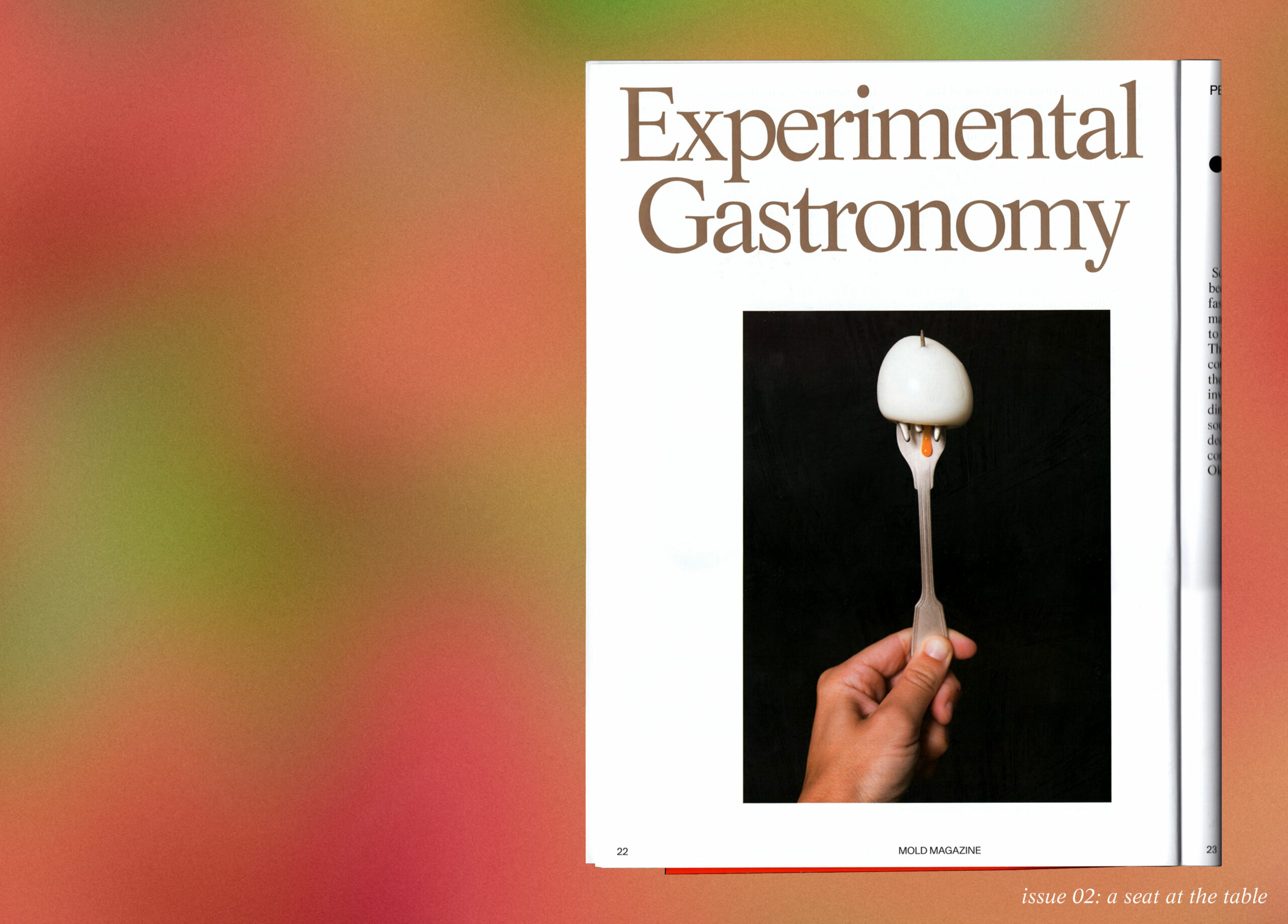It was two weeks into quarantine when I realized our period of isolation was not ending anytime soon. Early April in New York City, unceded Lenapehoking territory, the birds had returned to occupy the bush outside our window and dandelion, mugwort and plantain herb had begun sprouting from the cracks between the pavers. For years, I had been planning a raised bed garden to occupy a large section of my backyard. Now I had access, time, and a car to make my garden dreams a reality. As I started constructing, seed starting, and planting my garden, a curious thing happened: I fell into a rhythm with my neighbors, many who decided to work on their own yard projects. Over chain-link fences we would chat about plantings (grass courts, tomato seedlings, new trees), the persistence of New York squirrels, possum sightings, and bird feeders.
Our time in isolation was a midwife to moving about the world in a new way: knowing your neighbors, grassroots organizing, mutual aid, sourdough baking, or growing your own food. The crucible of the pandemic and social justice uprisings underscored the ways that our food system was, and continues to fail us. Questions around where our food comes from, how it gets there, and whose labor is required to sustain our consumption habits have suddenly become topics of everyday conversation.
The reality is that our expectations around what and how we eat no longer serve us. Since 2013, I’ve been publishing stories through the online and print magazine MOLD about how design might offer solutions at different scales for the coming food crisis—the United Nations predicts that by 2050, we will not be able to produce enough food to feed our growing global population. But the way the pandemic disrupted supply chains and made the invisible visible in our globalized systems —labor, processes and players—has brought the food crisis from a future threat into a present reality for our most vulnerable populations. Speculating on the future is no longer enough. Today, it is crucial for us to eat within geographic, climate-informed, planetary boundaries.
When I first started exploring questions around the future of food, topics like entomophagy (eating insects), lab-grown meat, hydroponic salad greens, and meal replacements like Soylent, dominated headlines. Although these products still hold interest, I’ve come to believe that what we’ll eat in the future will be dictated by the same concerns that shape what we eat today: deliciousness and availability. Instead of fretting over what we’ll eat, I’m more interested in how we’ll eat.
How to be intimate
This question of “how” first demands for us to rethink our most fundamental relationship with food. When was the last time you squeezed a plum to determine its ripeness or thwapped a melon to listen for its juiciness? Besides sex, eating is the only thing we do that engages all of our senses—the act of putting something in our mouth, experiencing flavor through smell, texture, and taste, and then swallowing is one of of the most intimate things we can do. For all of the ways our biology is hard wired to experience pleasure, surprise, and disgust when we eat, we often know more about a Tinder date than we do our food. Asking questions around where, how, and with what types of labor our food is produced, is only a starting place for having a healthy relationship with our food.
Beyond carbon emissions from transporting and storing food, I’ve come to believe that the most ethical (and delicious) approach to consumption is to eat seasonally and locally. My friend, the Japanese food educator Momoko Nakamura, introduced the Confucuian concept of 72 microseasons to me, as a way of marking time through the observational lens of natural patterns dictated by the climate. At the time of writing, it is “bush crickets at the door” season in Japan, an autumnal moment marked by cold dew. In New York, it is apple1, gourd and cabbage season at the farmers market, the perfect time for baking pies and making hearty stews. In Houston, where I grew up, my father is catching sand trout in the waters off Matagorda Bay while the shrimp migrate out of the marsh. Add some okra into the mix and a seafood gumbo sounds like the perfect dish for this Gulf Coast season.
- 1. Did you know the average conventional apple at a supermarket in the United States has taken at least half a year to arrive to its shelf, its nutritional value waning over time?
Eating intimately according to geography and season opens up new possibilities when thinking about the cuisine of a place. In a piece for MOLD, Dan Barber argues that the future of food demands new patterns of eating based on what the surrounding land can provide. The chef and owner behind New York’s critically-acclaimed Blue Hill restaurants calls on his fellow culinary craftsmen to architect new cuisines, reinforcing that “good gastronomy, which is expressed through traditions and patterns of eating,” in concert with seed breeders and farmers within the region, is the clearest path forward. In short, a food ecology of deliciousness.
How to be ancient
This focus on hyper regional cuisine is the stuff of our ancestors. Before avocados were available 365 days a year in every North American supermarket, our forebears fed generations based on what was available, often what they grew or bartered. The biodiversity of our pre-industrial food system ensured that a trip across a region, let alone the world, would bring new flavors, new culinary techniques and new experiences. This type of biodiversity is a key to ensuring our collective futures in the face of the uncertainty of climate change.
That our ability to sustain a growing population starts with something as small as a seed represents a radical approach to our food future, and for design. Instead of locking our seeds in a frozen tundra vault, or depending on the intellectual property of technologists or industrialists to build agricultural systems obscured by copyrights, the diverse and persistent intelligence of seeds has much to teach us. For instance, the seed activist Vandana Shiva teaches that “recognizing beauty in diversity is the urgency of our times,” a task that design is uniquely positioned to address. Blossoming from a place of abundance, each generation of seed offers an almost infinite number of possibilities. With time, patience, and new rubrics for determining desirability, seed stewards can steer us towards safe waters.
Beyond the seed’s promise of possibility, our relationship with the land , as the seed keeper and farmer Rowen White reminds us, is the original covenant. Through agriculture, we take care of the land, and in turn, it takes care of us. Indigenous communities hold knowledge of the lands they’ve stewarded for millennia. In shifting towards a more intimate food ecology, design can amplify indigenous knowledge and center ways of knowing that recognize our interdependence on other living systems. Design can also support efforts to decolonize terms like “regenerative agriculture,” a set of land management practices that is held as a way to minimize the ecological effects of large-scale industrial farming, by creating work that starts from a place that recognizes that the food system is not separate from other living systems. As Shiva reminds us, “the future of food depends on remembering that the web of life is a food web.”
How to be happy
This notion of interdependence is the law of nature. Nothing thrives in solitude. The notion that the human body is a hermetically sealed boundary is a false construct—at the most basic level, our exterior bodies and insides teem with trillions of microbes which account for more than 50% of the cells inside each of us, and each bite of food ingests tens of thousands more. That means that “me” is actually, and has always been, “we.” Applying that concept to different scales allows for new imaginaries and new definitions of what might constitute community: interspecies, nonbinary and entangled.
By redesigning our relationship with food, we can build a new paradigm for living, one that discards current modes of extraction and control and recognizes care as the foundation for life-affirming social systems. Investigating the “how” underscores where design can play a critical role to co-create solutions at all scales for building hyperlocal, sovereign, food ecologies.
In her 1991 book, Ancient Futures, the linguist Helena Norberg-Hodge argues that supplanting place-based cultures with Western notions of progress linked to things like GDP, consumerism, and globalization in the service of capitalist efficiencies, creates a cascade of social and ecological harms. While documenting the ways that the relatively isolated Ladakh Tibetan communities in India were transformed by new economic pressures brought on by tourism and the influx of Western media, she came to see that the work to reverse the effects of globalization came down to, “rebuilding human interdependence,” she told The New York Times. In the ensuing time, Norberg-Hodge has worked to combat the ills that flooded the Ladakh region by empowering women, supporting environmental and community health efforts, and supporting the design/build of small-scale appropriate technologies that promote solar energy including water heaters, cookers, passive space heaters and greenhouses.
In New York, as mutual aid groups began knitting together as a response to the pandemic and the Black Lives Matter protests, Asmeret Berhe-Lumax, a strategic consultant for responsible apparel production and sourcing, quietly began placing and maintaining a series of community fridges in her Brooklyn neighborhood. Working with Miguel Paolo Yatco of Studio Paolo, to develop the smile-y logo and website, One Love Community Fridge has expanded their mission to place free fridges near public schools in the neighborhood.
In another instance across the Atlantic, the participatory design practice Brave New Alps has something bubbling. In the autonomous province of Trentino in the Italian Alps, they are working with agroecologists, farmers, community foragers, local businesses, and even the area’s science museum to produce, bottle and sell a carbonated beverage that, “the people from here feel is their drinks,” explained Carlo Bettinelli, head of production for Comunità Frizzante. “Not the drinks of a company that is based here, but is really their drink.” By design, the whole community is invited to have a hand in the process—from guided walks to ideas for flavors to distribution through local bars and retailers—the project works to employ and engage people while keeping money circulating within the community, a powerful example of community economics in action. Moreover, the profits from the project will go into sponsoring local initiatives to continue leveraging what the architect Teddy Cruz calls social capital (people’s participation) within the community.
What worlds and perspectives open up when we move beyond form and function as the tenets of design and include care as a design principle? How do practices of care allow us to collectively co-create new place-based possibilities? Economic models of worker-owned cooperatives, community maintained and shared resources (green space! bathhouses! bread ovens! mills! kitchens!), but the ways that new technologies might be leveraged to expand our notions of geographical or physical interdependence offer new ways of seeing and becoming in the world.
Designers have been engaged in systems thinking for decades; focusing on the “how” accesses new lines of inquiry with stakeholders across communities including (but not limited to) residents, scientists, historians, agronomists, politicians, technologists, artists, and mediators. Instead of engaging in a food system that is a linear progression from production to consumption, reimagining the food system as a dynamic, fluid, and complex network of care with these co-designers can create food sovereignty on a hyper local level. Through products and systems that emphasize our interconnectedness, my hope is that designers can help us reestablish a relationship with food that offers a path towards recognizing beauty in diversity—embracing an ancient future. At the end of the day, what’s better than leaning over the fence and trading notes with neighbors of all species—human, avian, rodent, plant, microbial?
This piece was first published at It’s Nice That as part of their Culinary Culture and Community series. Read the full series here.
- 1. Did you know the average conventional apple at a supermarket in the United States has taken at least half a year to arrive to its shelf, its nutritional value waning over time?
